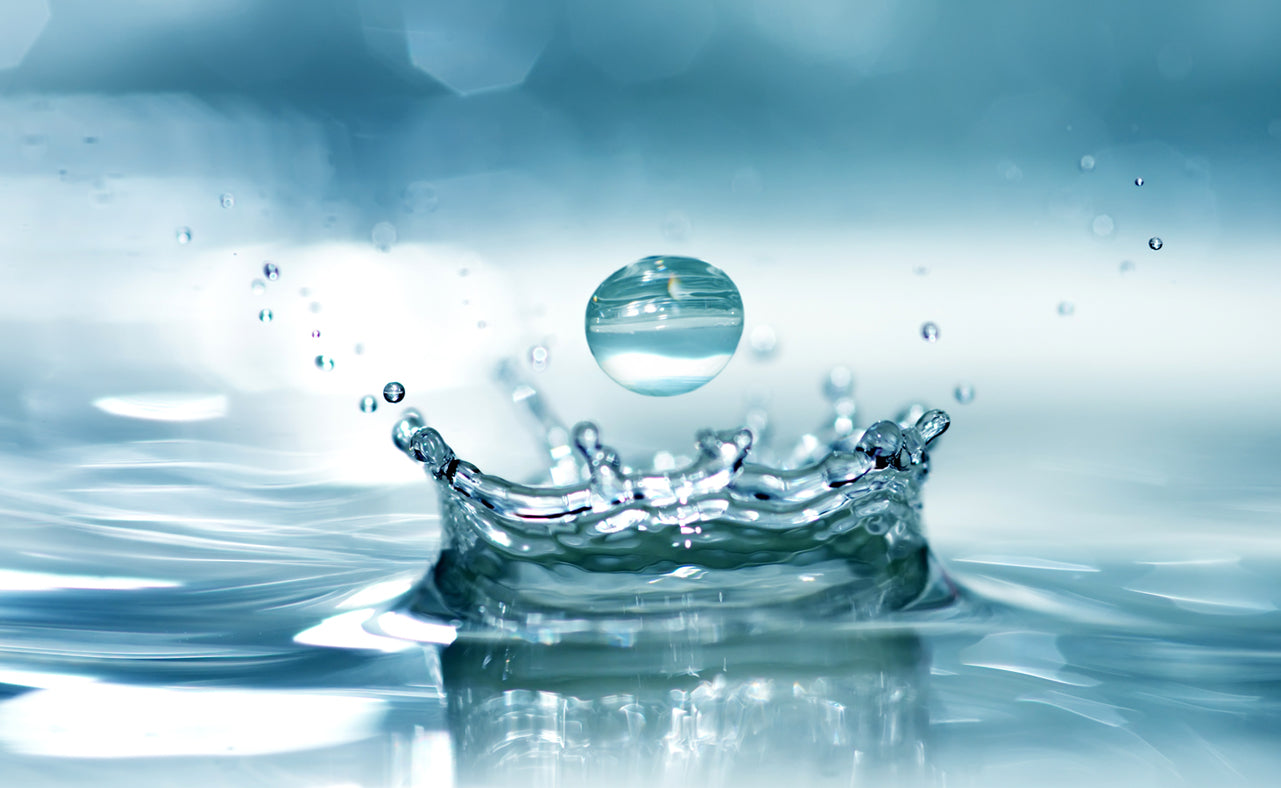
Hydrating vs. Moisturizing: 5 Differences to Know
Hydrating vs. moisturizing'¦is there really a difference? Skincare gurus out there know the answer: yes! Even though both involve protecting your skin from dryness 1, hydration and moisturizing are two separate processes that can involve two different solutions.
Learn the top five differences between hydrating vs. moisturizing so you can find the right products for you. With a few simple lifestyle hacks, you can go about your day with lips that are plump, soft and smooth.
1. Hydration: It's About What's Inside
When we talk about hydration, we're referring to the water content inside of cells. When a cell is full of water, or hydrated, it appears plump and bouncy. Hydrated and plump cells reflect light well, which is where your 'glow' comes from. When cells don't have enough water, or are dehydrated, they shrivel up and make skin appear lackluster1.
If you're having trouble visualizing this image, think about a grape and a raisin. A grape, which is fresh, full of water, and plump, is like a hydrated cell. A raisin, on the other hand, is like a dehydrated cell'shriveled up, dried out and definitely not glowing. Makes hydration look pretty attractive, doesn't it? When it comes to hydrating vs. moisturizing, hydration is the first key point to understand.
2. Moisturizing = Protection, Protection, Protection
If hydrating works from the inside out, then moisturizing works from the outside in. The function of moisturizing is to protect hydrated cells from losing water content by fortifying the skin's protective barrier. When you moisturize, you trap and seal moisture into your cells, which results in skin that's smooth, soft and supple1. In terms of hydrating vs. moisturizing, if you've put in the effort to hydrate your skin, keeping it moisturized is the second step to ensure that it stays that way!
3. Dull Skin Is a Sign of Dehydration
Ready for your glow-up? Hydration is key. When skin feels dry, you may be tempted to layer on the moisturizer. But if the issue originates below the surface, your treatment needs to take a different approach. If your skin is dehydrated, that means that your skin cells are thirsty'they have been deprived of water and therefore have lost their plumpness and volume. Dehydrated cells can make skin appear dull and lifeless. Are you noticing more fine lines and wrinkles? This is also a sign of cellular dehydration1. It's possible for skin to be moisturized but dehydrated1, which is why it's important to take a two-pronged approach to your skin- and lip-care routine.
4. Oil vs. Water
While hydrating is all about water, moisturizing is about oil. On a technical level, a moisturizer works to help reduce something called trans-epidermal water loss. Healthy skin produces lipid cells that communicate with sebaceous glands, which are responsible for oil production. Functioning lipid cells and sebaceous glands support the skin's ability to protect itself from moisture loss naturally. However, when the skin's lipid barrier is insufficient, the skin's surface is not covered with enough sebum to prevent moisture from evaporating. This is where a moisturizer comes in. The function of moisturizing is to help support your skin's natural barrier in order to maintain moisture and keep skin from drying out1.
5. Hydration Goes Beyond Skin- and Lip-Care
Hydration is essential for healthy skin, but it's also important for your body's health overall. Drinking plenty of water plays a part in a number of bodily functions, including regulating body temperature, helping the kidneys and liver flush out waste, carrying oxygen and nutrients to cells, lubricating joints, and protecting body organs3. Hard to argue with that'¦we're refilling our water bottles right now!
Looking to keep your lips hydrated and moisturized in all weather? ChapStick'® Active 2-in-1 Unscented Lip Moisturizer with SPF; seals in moisture while also protecting your lips from the sun with mineral-based SPF 25 sunscreen. It nourishes your skin with shea butter, aloe and vitamin E. On top of that, it's free from parabens, phthalates and preservatives'keeping it reef friendly!
Drinking water can help with the hydration, ChapStick'® can help with the moisturizing.

